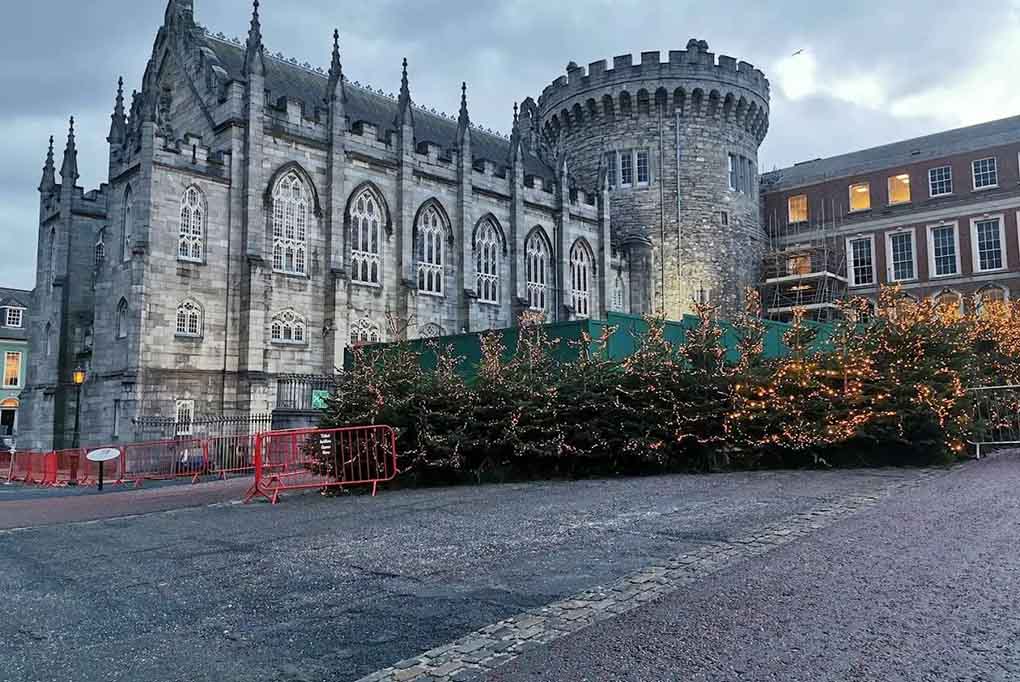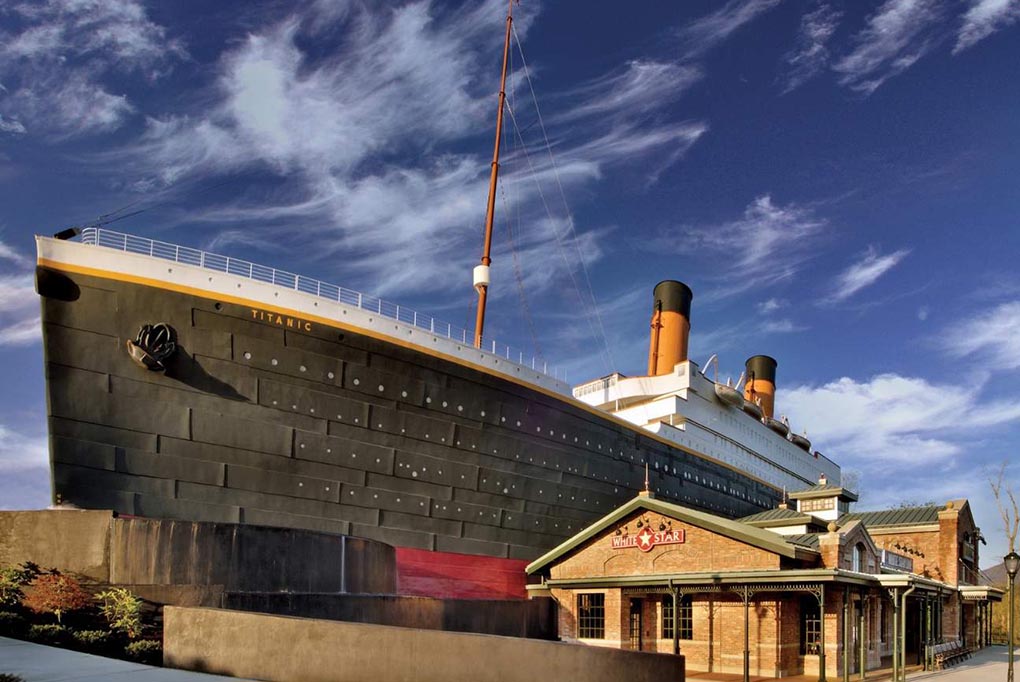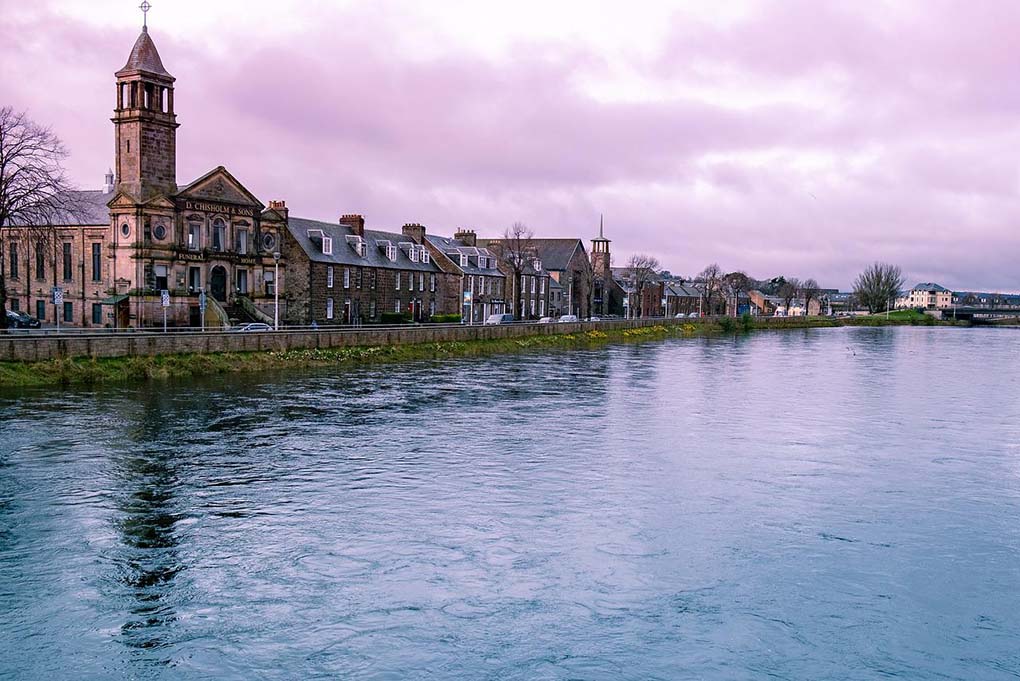Dublin, the capital of Ireland, is a city where the ancient and the modern coexist, and tradition and innovation intertwine. Whether it’s the rich historical atmosphere or the modern districts and culture, these are what make the city captivating. From its ancient historical sites to vibrant street art, from old pubs to modern restaurants, every corner of Dublin exudes a unique charm.
I. Dublin’s Historical Heritage: Stepping into the Past
Dublin’s history dates back to the 9th century when the Vikings established the city, attracting various cultures and commercial activities. Today, many of the city’s landmarks still retain Viking and medieval architectural features, making these historical sites windows into Dublin’s past and culture.
1.1 Dublin Castle
Dublin Castle is one of the most historically significant buildings in the city. Originally constructed by the Vikings as a defensive fort, it later became a symbol of English rule over Ireland. Today, the castle serves as an important cultural and governmental venue. Visitors can explore a series of historical exhibitions that showcase Ireland’s historical changes. One of the most famous parts of the castle is St. Patrick’s Hall, which has hosted many significant national ceremonies and celebrations.
1.2 Trinity College
Founded in 1592, Trinity College is Ireland’s oldest university and one of Dublin’s cultural landmarks. It not only embodies an ancient academic atmosphere but also houses the world-renowned Book of Kells, a well-preserved medieval manuscript of the Bible. Trinity College’s campus is one of the most beloved spots for visitors, where students study and discuss, and every corner of the campus tells the history of the city.
1.3 Dublin’s Museum Quarter
Dublin’s Museum Quarter is home to several important historical museums, including the National Museum of Ireland and the Irish Museum of Modern Art. These museums display a wide range of artifacts and art from ancient to modern Ireland. The National Museum of Ireland, in particular, holds collections that span ancient and medieval crafts, weapons, and historically significant relics that are crucial to understanding Ireland’s past.
1.4 St. Patrick’s Cathedral
St. Patrick’s Cathedral is one of Dublin’s most symbolic religious buildings and a national symbol of Ireland. Built in the 12th century, it is one of Ireland’s largest cathedrals and remains one of Dublin’s most popular attractions. Visitors can admire its magnificent Gothic architecture, explore the historic church, and learn about the life of St. Patrick and Ireland’s religious history.
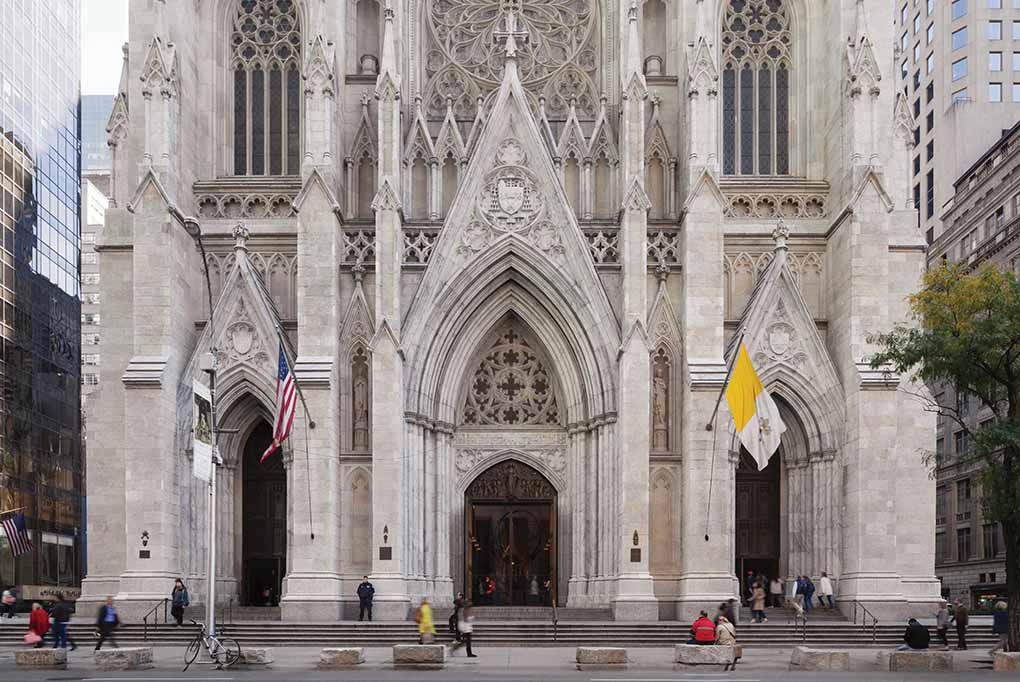
II. Dublin’s Modern Vibe: The Fusion of Fashion and Creativity
Dublin not only retains its rich historical and cultural heritage but also showcases a strong modern vibe. With the rapid development of Ireland’s economy and the rise of the creative industries, Dublin has gradually become one of the most vibrant cities in Europe. More and more international brands and local designers bring their creative and fashionable works to the city, driving the growth of sectors like fashion, art, technology, and music. Fashion stores, art galleries, innovative tech companies, and music and film events in the city form its unique modern identity. Whether in the shopping districts, food culture, or nightlife, Dublin strongly exudes a modern feeling, attracting thousands of tourists.
2.1 Dublin’s Fashion and Shopping
Dublin is a city that values both fashion and creativity, with shopping areas that exude a modern atmosphere. Grafton Street, one of Dublin’s most famous shopping streets, is lined with top international brands and local designer fashion stores. Whether it’s luxury brands or independent designers’ works, here you can find the most stylish products. Grafton Street attracts countless tourists and shopping enthusiasts, and the shops along the street are always bustling with activity, full of commercial energy.
In addition, the Temple Bar area, located in the city center, is another creative hub of the city. Known for its strong artistic atmosphere and creative industries, this area is filled with street-side shops offering unique handicrafts, design works, and creations by local artists. Here, visitors can not only purchase exquisite Irish souvenirs but also engage directly with local arts and culture. This area is an ideal place to explore Dublin’s independent design and creative culture, making it a perfect symbol of the fusion between fashion and art.
2.2 Dublin’s Food Culture
As Dublin modernizes, its food culture has become increasingly diverse and innovative. Traditional Irish dishes like Irish stew, corned beef, and cabbage remain popular, but Dublin’s culinary scene has expanded to include a wide variety of international cuisines, such as Italian, French, Indian, and Asian food. Whether in luxurious high-end restaurants or cozy little cafés, Dublin caters to all tastes.
A notable trend in Dublin is the rapid growth of its coffee culture in recent years. More and more local cafés focus on providing high-quality coffee and comfortable environments, becoming an integral part of daily life. Many cafés not only pay close attention to the selection of coffee beans but also offer seasonal, locally sourced ingredients to create unique drinks and snacks. These cafés are often modern and stylish, making them great places to socialize and relax. Visitors can unwind here and experience a side of Dublin’s contemporary culture.
2.3 Dublin’s Nightlife
Dublin’s nightlife is vibrant and diverse, making it one of the city’s major highlights. The city’s pub culture has a long history, and Temple Bar is its most representative area. The pubs here not only feature traditional Irish music, dance, and folk stories but are also full of energy and enthusiasm. Visitors can enjoy the most authentic Guinness beer, chat and dance with locals, and enjoy a lively time.
However, Dublin’s nightlife isn’t limited to traditional pubs. With the city’s modernization, more and more nightclubs, lounges, and creative spaces have emerged, becoming gathering spots for young people and night owls. Whether it’s rock music, electronic beats, or live performances, Dublin’s nights are always filled with diverse sounds and rhythms. Every year, many internationally known DJs and bands come to the city to perform and host music events, attracting music lovers from all around the world.
III. Dublin’s Cultural Activities and Festivals: A Gathering of Passion and Creativity
Dublin not only attracts visitors with its historical landmarks and modern urban charm, but it is also renowned for its vibrant cultural activities. As the cultural and artistic heart of Ireland, Dublin’s festivals and art exhibitions consistently draw the attention of global tourists. These events span across multiple fields, from literature and drama to music and film, filled with creativity and passion.
3.1 Dublin International Literature Festival
Dublin is famous for its rich literary tradition, especially as the hometown of James Joyce, attracting numerous literary enthusiasts and scholars. The annual Dublin International Literature Festival is one of the most significant events in the global literary world. The festival invites writers, poets, and literary critics from all over the world to gather, share creative experiences, and explore the relationship between literature and society. During the festival, visitors can participate in various lectures, book clubs, and book signings, as well as visit exhibitions dedicated to Joyce and other Irish writers, immersing themselves in the rich literary atmosphere of Ireland.
The Dublin International Literature Festival also hosts many special events, such as poetry readings and author discussions, providing visitors with a deeper understanding of Irish literature. Moreover, as a UNESCO City of Literature, Dublin’s literary ambiance makes it a pilgrimage destination for global literary enthusiasts.
3.2 Dublin Music and Film Festivals
Dublin’s cultural activities are not limited to literature; its music and film festivals also attract a large number of visitors. The Dublin International Film Festival, held annually in the spring, draws film lovers and filmmakers from all over the world. This festival showcases a variety of films, from independent productions to international blockbusters, covering a wide range of genres and styles. During the festival, audiences can watch works by world-class directors and engage with other film enthusiasts.
Additionally, Dublin regularly hosts various music festivals, covering genres such as rock, electronic, and folk music. The Dublin Music Festival provides a platform for local artists and offers global music stars the opportunity to perform. Whether it’s large outdoor concerts or small bar performances, Dublin’s music scene is always filled with passion and energy.
Through these cultural activities and festivals, visitors can not only enjoy a rich entertainment experience but also gain a deeper understanding of Dublin and Ireland’s unique artistic atmosphere and creative culture, truly feeling the charm of this vibrant city.
IV. Dublin’s Green Spaces: The Perfect Blend of Nature and Urban Life
Although Dublin is a modern city, it still retains a significant number of green spaces, providing urban residents and visitors with places to relax and enjoy nature.
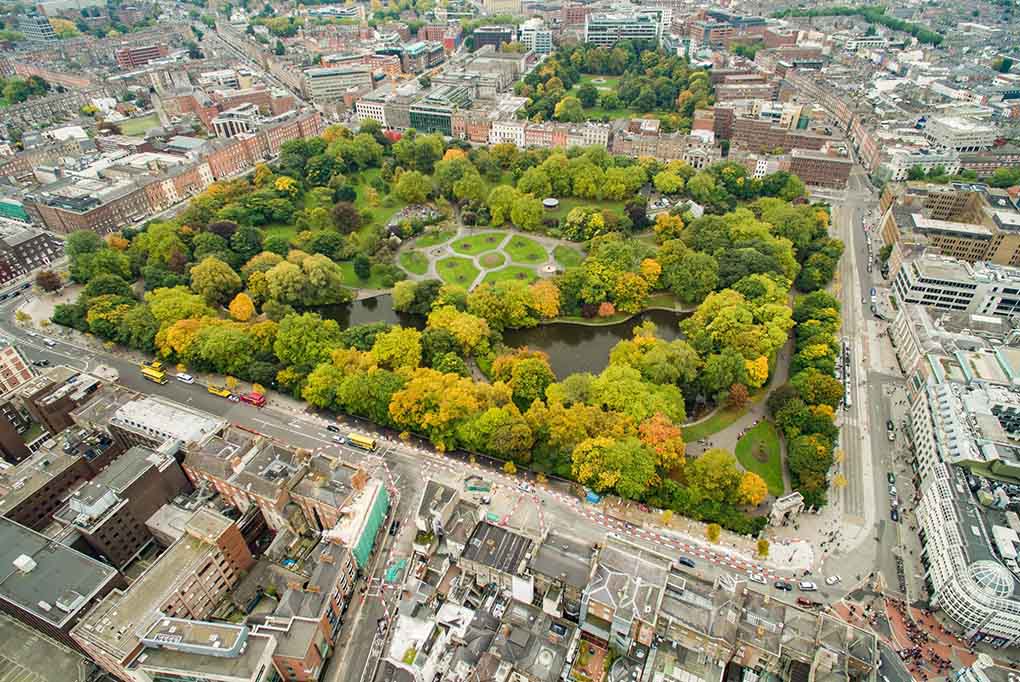
4.1 Dublin’s Parks
Dublin is home to many beautiful parks, with the most famous being Phoenix Park. It is one of the largest urban parks in Europe and one of Dublin’s most important natural attractions. Visitors can enjoy leisurely walks, appreciate the beautiful scenery, or visit the Dublin Zoo located within the park.
4.2 Dublin’s Rivers and Canals
The rivers and canals of Dublin are also an integral part of the city’s natural landscape. Tourists can stroll along the River Liffey, enjoying the stunning views where the river meets the city’s architecture. The tree-lined canals are also a popular leisure spot for the Irish, offering a peaceful and scenic escape.
V. Dublin: A Captivating City Where History and Modernity Intertwine
Dublin is a city rich in history yet full of modern vibrancy. It blends ancient cultural heritage with an innovative artistic atmosphere, exuding a unique charm at every corner. Whether you’re exploring historical landmarks, tasting authentic cuisine, or participating in lively cultural events, there is always something to enjoy in this city. Dublin’s diversity makes it a city that can cater to all types of travelers, ensuring every visitor has an unforgettable experience.
